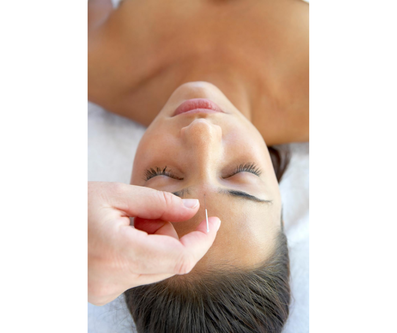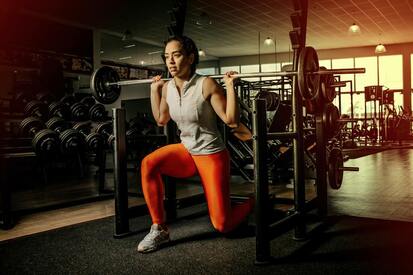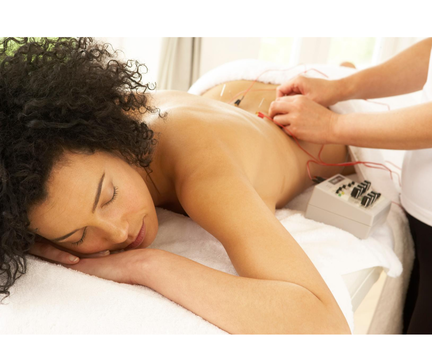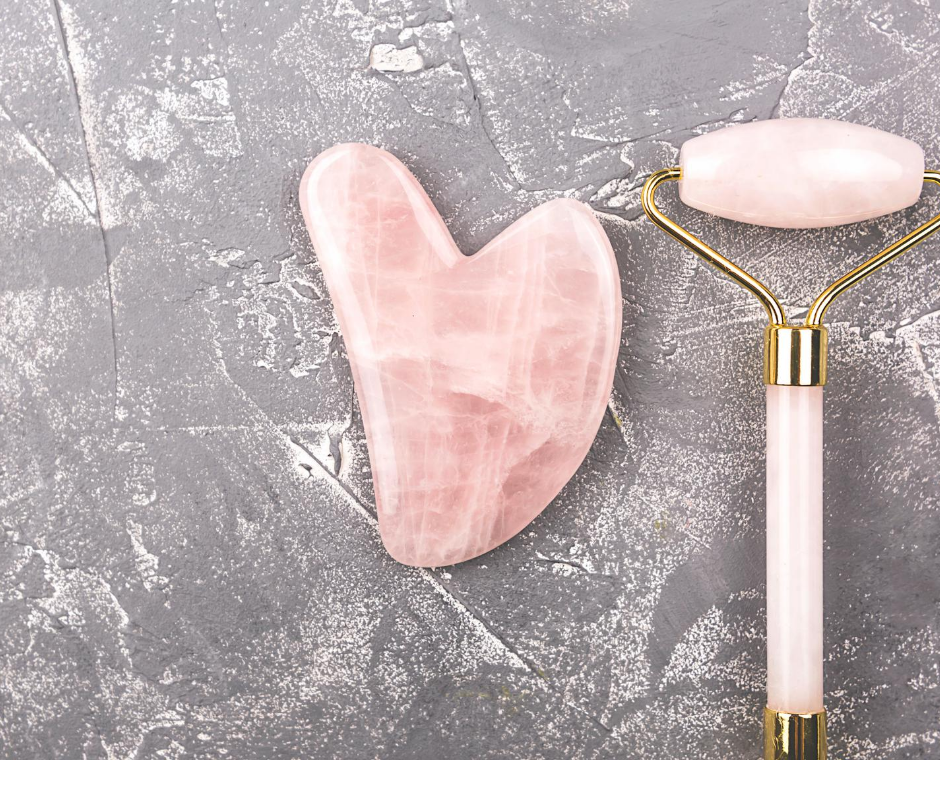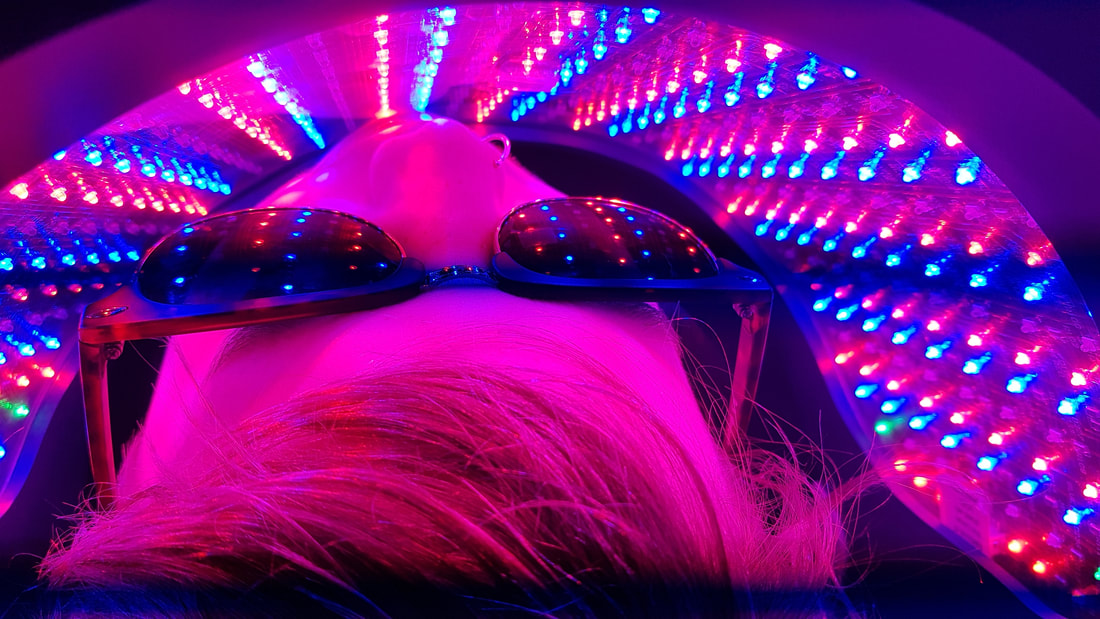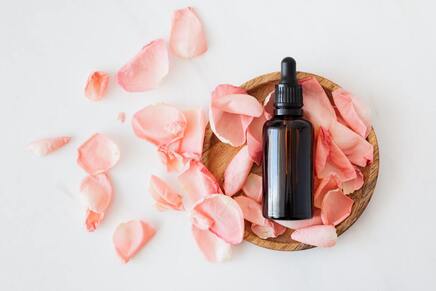|
|
Electrical Stimulation of Acupuncture Needles
Want to see it for yourself? Check out these videos that demonstrate the muscle response to electrical current on the acupuncture needles or just directly on the skin.
|
|
|
|
Mechanisms of Action
HOW DOES ACUPUNCTURE WORK?
Acupuncture causes a cascade of effects throughout the entire body, which can be explained in five main ways:
How do you design a treatment protocol and choose points?
I have described acupuncture as a merger of ancient wisdom and high technology and science, so with this in mind I choose a treatment protocol that is respectful first the needs and wishes of the client, and then incorporates both traditional and neuro-anatomically significant points.
For example a rotator cuff injury to the shoulder:The “rotator cuff” is a group of 4 muscles that surround the ball and socket joint of the arm (humerus) and shoulder (glenoid fossa of the scapula), their function is to keep the arm securely attached to the body. Knowing this we can treat this injury in a few ways:
1. Locally – Needling the neuro-motor areas of these 4 muscles (supraspinatus, infraspinatus, teres minor, and subscapularis). The neuro-motor area is approximately the diameter of a quarter, and it is where the motor nerve meets the muscle. The motor nerve is what will send the signal to the muscle to fire and move, hence the name “motor”.
2. Target a distal branch – This part of the protocol merges more traditional acupuncture points and the neuro-anatomy of the body. So for a rotator cuff injury we may choose points on the hand and wrist, such as: LI4 on the Superficial Radial Nerve, PC6 for the Median Nerve, and HT7/SI3, 3.5 for the Ulnar Nerve. The three main nerves of the arm are: the radial, median, and ulnar nerves.
3. Target a pathological nerve – The bundle of nerves that supply the arm and shoulder come off of the lower aspect of the cervical spine (neck) and form a group or “plexus” called the brachial plexus. Now this is one of my favorite areas to target, and it is one that we treat without needling! Using a monopolar electrical stimulator, we place a small current through the skin on the anterio-lateral aspect of the neck between the jaw bone and the collar bone. When this current is placed over the brachial plexus, you will see and feel the entire shoulder joint and arm move. It feels amazing, one client refers to it as “doing the rumba”.
4. Targeting a specific segment of the spine – The rotator cuff muscles are innervated by nerves that come off the lower aspect of the cervical spine (C5-C7). By needling in this area called paraspinal points or “Hua Tuo Jia Ji Points” , in a safe space just lateral to the spinous process (the part of your vertebrae that stick out or can be felt easily), we can stimulate these nerve roots. Again, these nerve roots at C5-C7 will supply the shoulder and arm.
5. Targeting specific neuropeptids – When it comes to injury we have a few aspects to look at. Is there inflammation? Does tissue need to heal? Is there pain? Is there sensitization (or chronic pain without actual tissue damage)? Is there some mental, emotional, or sleep factors to address in relationship to the injury? With these questions and answers in mind we will choose points, and electrical stimulation (e-stim) to address the injury. With electrical stimulation we will choose a frequency (the speed of the pulse), and amps (intensity in microamps or milliamps) to stimulate the release of beta-endorphin, 5HTP (Serotonin, Melatonin), Dopamine, and/or Oxytocin.
6. Treating the “Root” Cause of the injury – This is the part where we put our detective’s hat on, and discuss and problem solve the injury. This is answering the question of “why”? Why did the injury occur? Was this a site of a previous injury or surgery? Is there a repetitive motion component? Is this person a musician or athlete (recreational/weekend warrior type)? Is there something in their work environment that is contributing to the injury. This is where we may talk about bringing another therapist on board as well.
7. Self-care or at home care – You may also get some homework after a treatment. This may be drinking more fluids if the tissue seems dehydrated, heat, cold, rest, exercise, or diet. Like all homework, the choice is up to you, and often those who make the effort, see the best results.
WHAT IF I DON’T LIKE NEEDLES???
Now I am quite partial to the needles because they work so well. But I totally understand, if you don’t like needles. If we’re speaking honestly, I don’t like needles either, they make me sweat, but they work. So if you just can’t handle needles, don’t worry, you are still in luck! We have options.
Spinal Innervations and Dermatomes
Many people do not realize that different areas of the body reflect different aspects of the spinal cord and it’s nerve roots. This explains why we choose distal points on the body to treat conditions elsewhere.
Why are you needling my leg help treat pain in my low back?
It is not uncommon for your acupuncturist to include distal points in their treatment protocol. For low back pain it is indicated traditionally to treat points on the leg, and modern neuroscience explains why. Treating points on the posterior calf muscle will send a nerve impulse up to the spinal cord to L2-S3 (depending on the points chosen) and will depolarized at the dorsal horn of the nerve roots at those levels and below. This also explains why choosing a point on the quadricep or around the knee may help the reproductive area, as the nerves that serve those areas of the legs originate in the lumbar and sacral region (L and S on the below chart) and the nerve roots for the reproductive organs also come off of those vertebral levels.
HOW DOES ACUPUNCTURE WORK?
Acupuncture causes a cascade of effects throughout the entire body, which can be explained in five main ways:
- Local Effects – placing a needle or needles in an area causes microtrauma, which promotes and increases blood circulation in the area causing a “chemical soup” of positive effects, including a release of ATP from within the cells, which increases cellular respiration, reduces inflammation and promotes tissue healing.
- Spinal Segmental Mechanism – Needling and electrical stimulation can send a signal back to the spinal cord and causes a down regulation within the dorsal horn by noradrenalin, serotonin, and enkephalins thus reducing a pain signal. This also stimulates the visceral autonomic nerves that go to the organs of the body, when the specific segment of the spine is targeted.
- Endogenous Opioid Circuit – Acupuncture and electrical acupuncture at certain frequencies causes the release of endorphins. These endorphins help regulate the body, reduce stress, and reduce pain signals.
- Central Nervous System – Acupuncture and electrical acupuncture at certain frequencies stimulate the release of neuropeptids such as: 5HTP (Serotonin), Dopamine, Nitric Oxide Synthase, Oxytocin and also stimulate the receptors for these neuropeptids. These substances help regulate sleep, hunger, mood, stress, hormones, blood pressure, pain and lactation including many other regulatory functions.
- Myofascial Trigger Points and Motor Points – Needling taut/hypertonic muscles causes a depolarization of the motor nerve supplying the muscle. This causes a muscle contraction and can help release tight muscles, and reduce nerve compression.
How do you design a treatment protocol and choose points?
I have described acupuncture as a merger of ancient wisdom and high technology and science, so with this in mind I choose a treatment protocol that is respectful first the needs and wishes of the client, and then incorporates both traditional and neuro-anatomically significant points.
For example a rotator cuff injury to the shoulder:The “rotator cuff” is a group of 4 muscles that surround the ball and socket joint of the arm (humerus) and shoulder (glenoid fossa of the scapula), their function is to keep the arm securely attached to the body. Knowing this we can treat this injury in a few ways:
1. Locally – Needling the neuro-motor areas of these 4 muscles (supraspinatus, infraspinatus, teres minor, and subscapularis). The neuro-motor area is approximately the diameter of a quarter, and it is where the motor nerve meets the muscle. The motor nerve is what will send the signal to the muscle to fire and move, hence the name “motor”.
2. Target a distal branch – This part of the protocol merges more traditional acupuncture points and the neuro-anatomy of the body. So for a rotator cuff injury we may choose points on the hand and wrist, such as: LI4 on the Superficial Radial Nerve, PC6 for the Median Nerve, and HT7/SI3, 3.5 for the Ulnar Nerve. The three main nerves of the arm are: the radial, median, and ulnar nerves.
3. Target a pathological nerve – The bundle of nerves that supply the arm and shoulder come off of the lower aspect of the cervical spine (neck) and form a group or “plexus” called the brachial plexus. Now this is one of my favorite areas to target, and it is one that we treat without needling! Using a monopolar electrical stimulator, we place a small current through the skin on the anterio-lateral aspect of the neck between the jaw bone and the collar bone. When this current is placed over the brachial plexus, you will see and feel the entire shoulder joint and arm move. It feels amazing, one client refers to it as “doing the rumba”.
4. Targeting a specific segment of the spine – The rotator cuff muscles are innervated by nerves that come off the lower aspect of the cervical spine (C5-C7). By needling in this area called paraspinal points or “Hua Tuo Jia Ji Points” , in a safe space just lateral to the spinous process (the part of your vertebrae that stick out or can be felt easily), we can stimulate these nerve roots. Again, these nerve roots at C5-C7 will supply the shoulder and arm.
5. Targeting specific neuropeptids – When it comes to injury we have a few aspects to look at. Is there inflammation? Does tissue need to heal? Is there pain? Is there sensitization (or chronic pain without actual tissue damage)? Is there some mental, emotional, or sleep factors to address in relationship to the injury? With these questions and answers in mind we will choose points, and electrical stimulation (e-stim) to address the injury. With electrical stimulation we will choose a frequency (the speed of the pulse), and amps (intensity in microamps or milliamps) to stimulate the release of beta-endorphin, 5HTP (Serotonin, Melatonin), Dopamine, and/or Oxytocin.
6. Treating the “Root” Cause of the injury – This is the part where we put our detective’s hat on, and discuss and problem solve the injury. This is answering the question of “why”? Why did the injury occur? Was this a site of a previous injury or surgery? Is there a repetitive motion component? Is this person a musician or athlete (recreational/weekend warrior type)? Is there something in their work environment that is contributing to the injury. This is where we may talk about bringing another therapist on board as well.
7. Self-care or at home care – You may also get some homework after a treatment. This may be drinking more fluids if the tissue seems dehydrated, heat, cold, rest, exercise, or diet. Like all homework, the choice is up to you, and often those who make the effort, see the best results.
WHAT IF I DON’T LIKE NEEDLES???
Now I am quite partial to the needles because they work so well. But I totally understand, if you don’t like needles. If we’re speaking honestly, I don’t like needles either, they make me sweat, but they work. So if you just can’t handle needles, don’t worry, you are still in luck! We have options.
- Monopolar electrical stimulation – similar to TENS units, we can send a current through the skin, in the same places we would use needles, but totally needle free!
- Cupping – I am a fan of moving cupping, this is the style of cupping where we use an oil or cream on the skin and then place suction cups on the skin. Cupping can help release tight muscles and restrictions in the fascia (connective tissue between the skin and the muscle).
- Acupressure / Tui Na – Similar to massage, we use pressure on the muscles or over top of neuro-anatomically significant areas.
- Topical Analgesic – Finally we can round off a treatment with a topical product placed on the skin to help with pain, inflammation, and healing. This can include a natural product like Emu Oil or a product such as Medistik.
Spinal Innervations and Dermatomes
Many people do not realize that different areas of the body reflect different aspects of the spinal cord and it’s nerve roots. This explains why we choose distal points on the body to treat conditions elsewhere.
Why are you needling my leg help treat pain in my low back?
It is not uncommon for your acupuncturist to include distal points in their treatment protocol. For low back pain it is indicated traditionally to treat points on the leg, and modern neuroscience explains why. Treating points on the posterior calf muscle will send a nerve impulse up to the spinal cord to L2-S3 (depending on the points chosen) and will depolarized at the dorsal horn of the nerve roots at those levels and below. This also explains why choosing a point on the quadricep or around the knee may help the reproductive area, as the nerves that serve those areas of the legs originate in the lumbar and sacral region (L and S on the below chart) and the nerve roots for the reproductive organs also come off of those vertebral levels.
